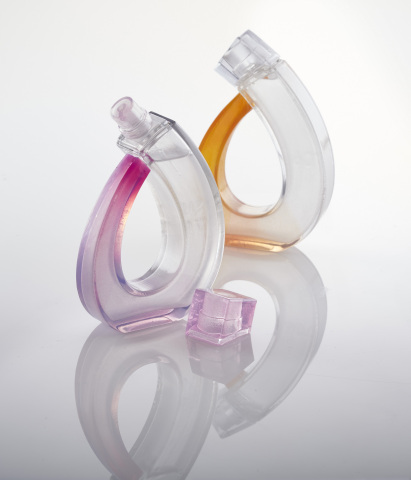
Stratasys surprised everyone with an announcement of SUP706 support material for PolyJet 3D printers, and it should make life much easier for operators.
The previous support material, SUP705, did work very well as a support material, but sometimes was challenging to remove. SUP705 adheres to the model material slightly and is quite stiff when printed. Recommended removal procedures involved using a water jet chamber to “blast off” support material.
This works, but you have to be quite careful, as the water jet could easily lop off fragile portions of a print as well as the support material! When printing objects with Stratasys’ flexible material, you also run the risk of slicing the softer material with the water jet.
In the end, it simply meant that post processing the prints would sometimes be a bit tedious as water jetting had to be done quite carefully.
Now, with SUP706 that all changes. In fact, there is no need for a water jet unit at all! Instead there’s a straightforward two-step process. First, you soak the print in warm water for a time, which softens up the solid SUP706 material. Then it’s a quick rinse to remove the softened SUP706 and your post processing is complete.
This new material should easily save significant time at 3D print service bureaus, which otherwise would have had spent many hours cleaning prints. Now they can process many prints at the same time by placing them in a tub for soaking.
We suspect this material will very quickly replace all use of previous support material for Objet machinery, as it could provide a lot of cost savings.
Via Stratasys

